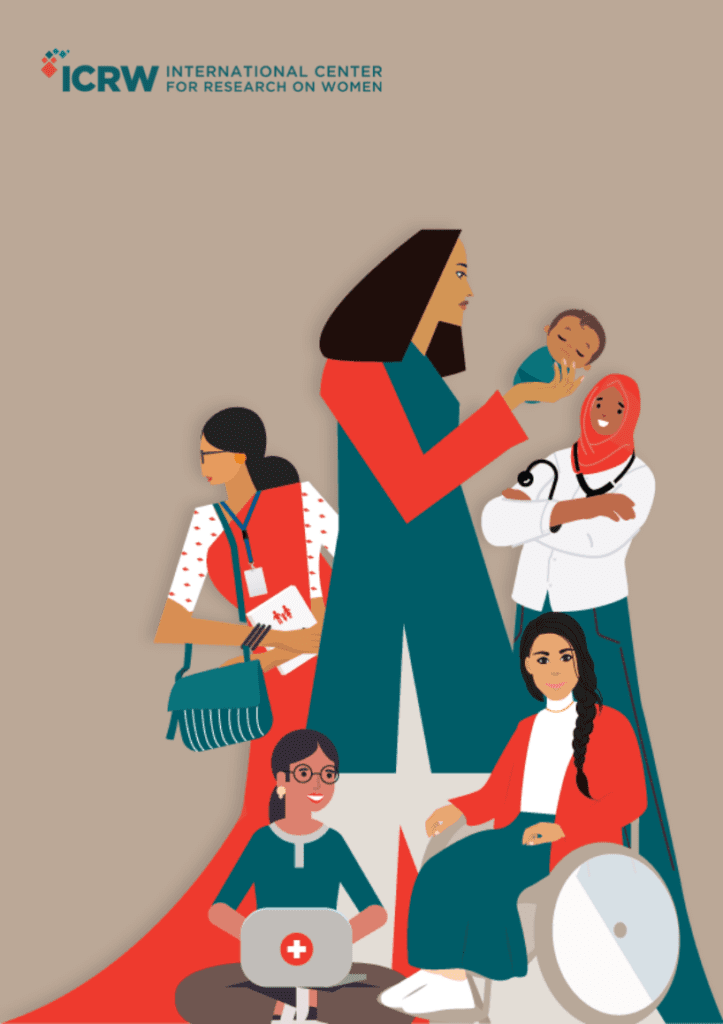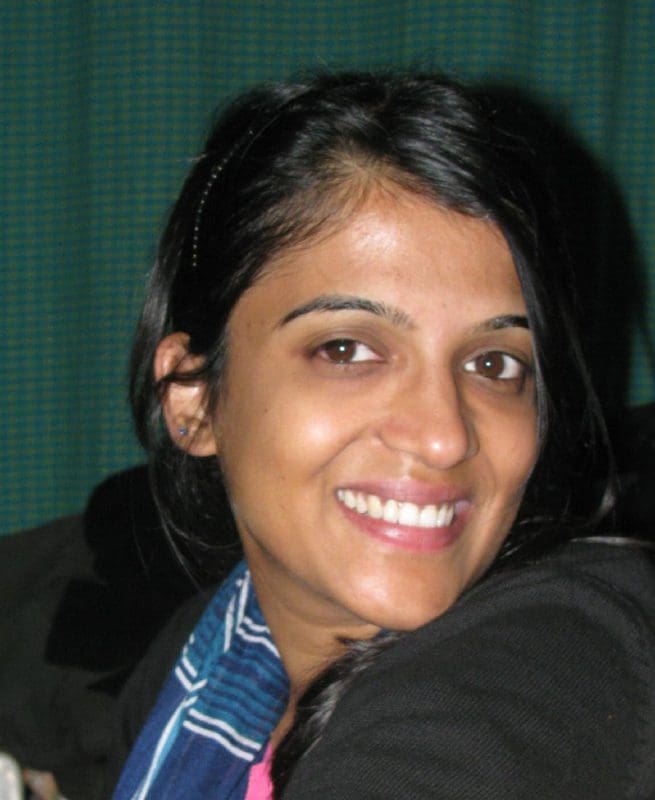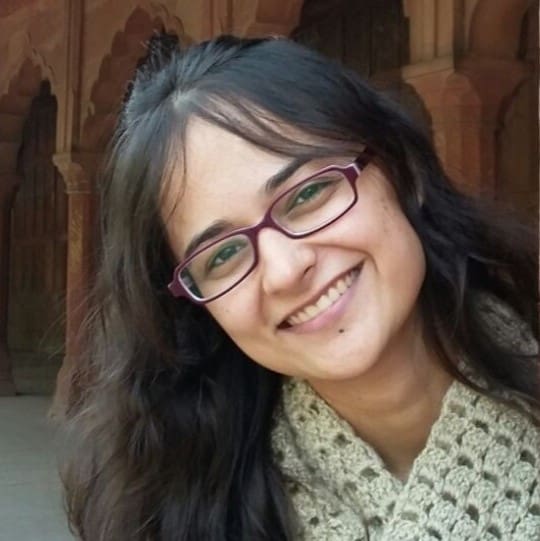
Women in Leadership in Health Sector
November 2021 - May 2024
Global Health 50/50
Broadly, the field of global health is guided and implemented by a diverse set of norms, institutions, and policies working at the international, regional, national, and local levels to advance health outcomes. On average, women represent approximately 70% of those working in the health sector although women constitute only about 40% of the global formal labor force. Within the sector, women are disproportionately employed in relatively low-paid jobs including nursing and midwifery. While women make up a large share of all people working in health, they rarely make it to leadership positions. An evaluation of 201 global health organizations found that 70% of CEOs and board chairs were men (GH5050, 2021) and just 5% of leaders were women from LMICs.

In India, according to NSSO 2017-18, 29% of medical doctors are women, while 80% of nursing staff (including midwives) and nearly 100% of Accredited Social Health Activists (ASHAs) are women. The career growth ladder is designed in such a way that nursing staff and community health workers seldom gain access to decision-making and formal leadership positions. In collaboration with Global Health 50/50, ICRW aims to undertake a formative study to understand the specific contextual factors that affect women’s advancement into senior leadership positions in the health sector in India (specifically Uttar Pradesh and Bihar). The study seeks to create an expanded evidence base for advancing women’s leadership and influence in the health sector. African Population and Health Research Center (APHRC) is conducting a similar study in Kenya.
WHAT ARE WE SETTING OUT TO DO?
ICRW aims to –
- Conduct an evidence review to map enablers and barriers to women’s career advancement and identify successful interventions to advance women’s leadership in the health sector in India.
- Undertake an analysis of existing laws and policies relevant to promoting gender equality in the workplace.
- Conduct an organizational review to examine [inclusive and intersectional] gender distribution along the career pathway, review the organization’s workplace policies, and conduct an in-depth analysis of barriers and opportunities to women’s progression along the career pipeline in a sample of organizations in the health sector.
WHAT METHODS ARE WE USING?
Research design includes secondary research as well as primary research methods. Secondary research includes a literature review of journal articles, papers, evaluation studies, grey literature to understand the available evidence of enablers, barriers, and successful interventions affecting women’s growth to leadership positions in the health sector. Further, content analysis of existing laws and/or policies will be undertaken to understand how these shape women’s opportunities to participate in the health sector workforce and critically advance to leadership positions.
Primary research methods include key informant interviews and in-depth interviews with different stakeholders such as organization heads, HR heads/managers, women employees of the organization in mid-management or senior leadership roles, and subject matter experts.
DISSEMINATION
A detailed plan for disseminating the study findings will be developed toward the end of the study. Dissemination activities include national and state-level consultations, round tables, one on one meetings with key stakeholders, and a social media campaign.
BMJ Collection
Project Team

Sapna Kedia

Radhika Uppal

Ravi Verma


